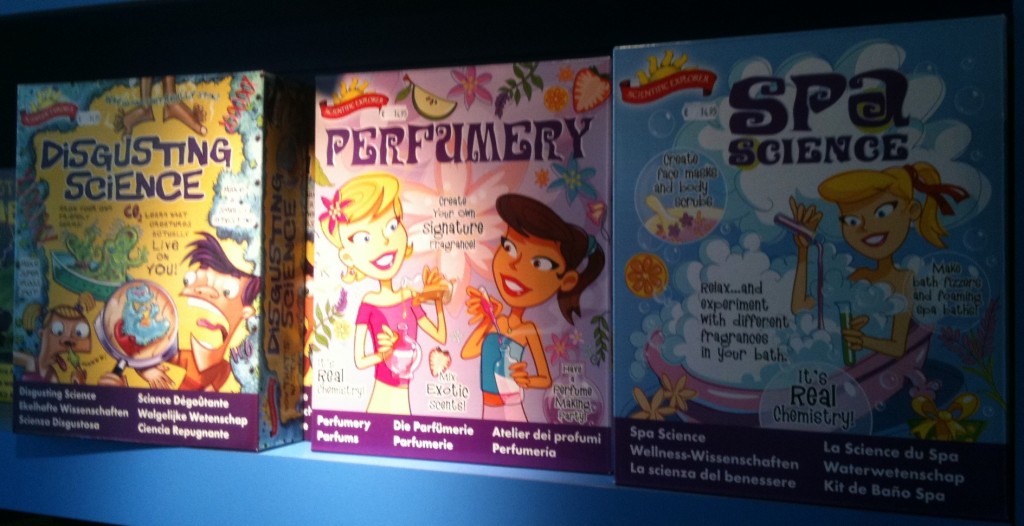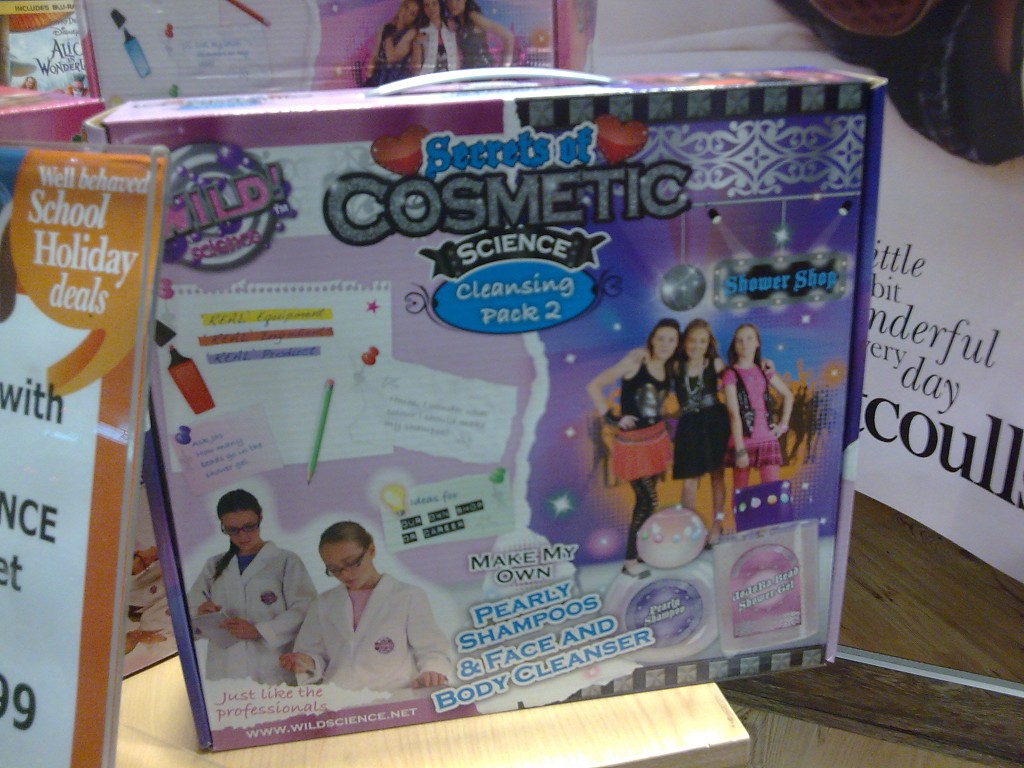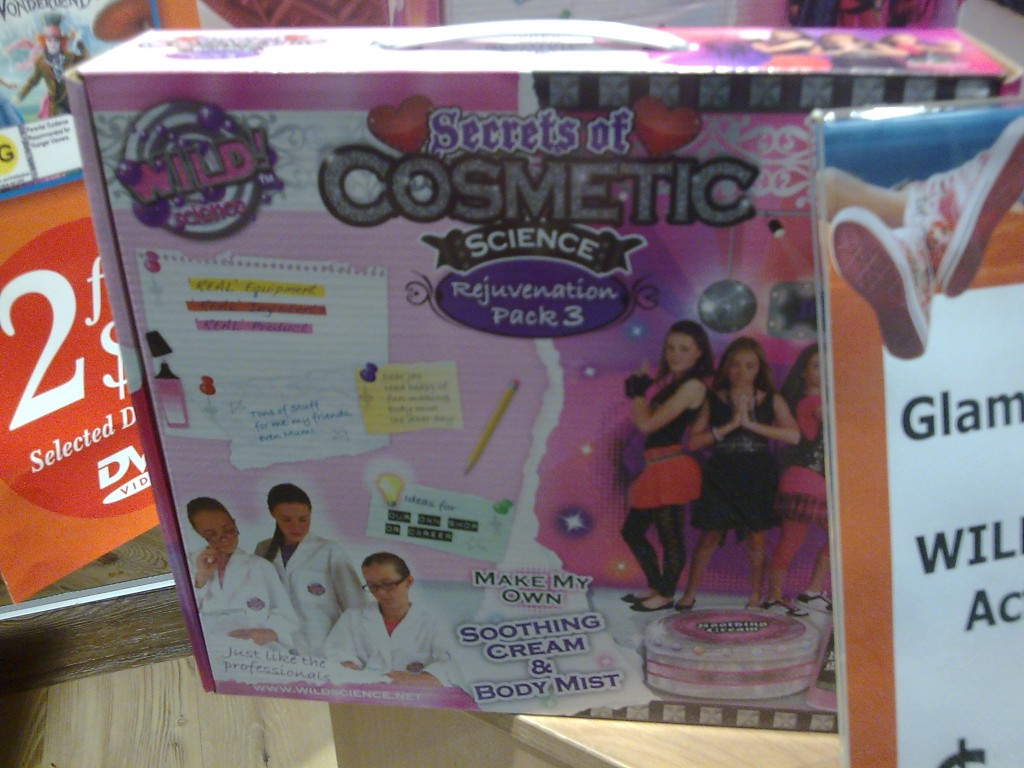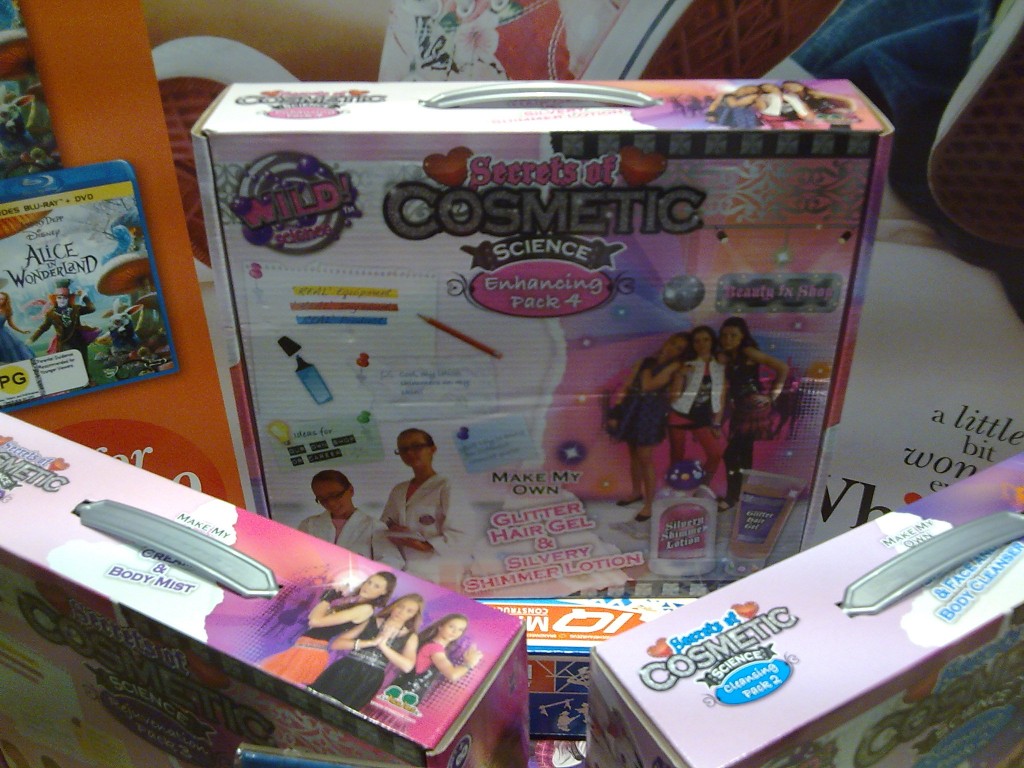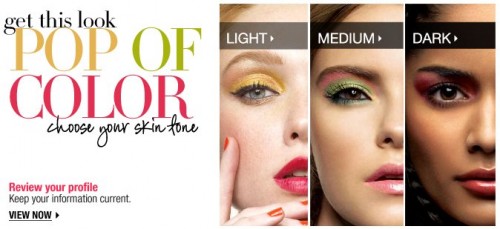Last semester my colleague, Mary Christianakis, assigned her students a mash up. The idea was to take two forms of art (loosely defined) and combine them to inspire, instead of state, a critical perspective. Below is one of the exemplars, by her student, Samantha Figueroa. It combines scenes from Pocahontas with a spoken word poem, Slip of the Tongue, by Adriel Luis.
Nice work, Samantha!
Lisa Wade, PhD is an Associate Professor at Tulane University. She is the author of American Hookup, a book about college sexual culture; a textbook about gender; and a forthcoming introductory text: Terrible Magnificent Sociology. You can follow her on Twitter and Instagram.






